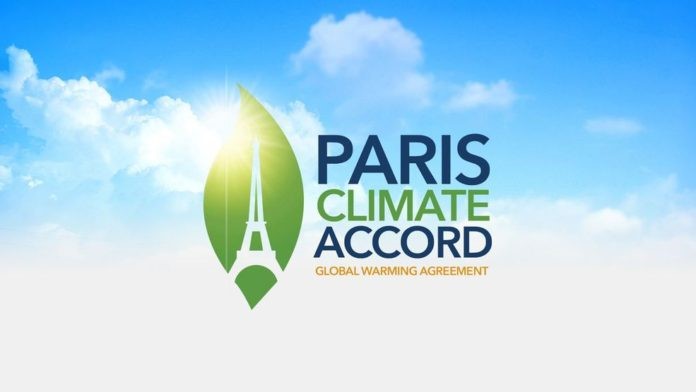Highlight 2/2021 – 5th Anniversary of the Paris Agreement: Where Are We Now?
Ana Tskipurishvili, 21 January 2021

12 December 2020 marked the fifth anniversary of the Paris Agreement, signed by nearly 200 countries that aimed at limiting global warming to well below 2, preferably to 1.5 degrees Celsius, compared to pre-industrial levels. The historic agreement, that entered into effect on 4 November 2016, is a significant milestone in the multilateral climate change process because, for the first time, a binding agreement brings all nations into a common cause to achieve a sustainable low-carbon future and negate the effects of human-induced climate change. The challenges are immense, magnified further by the devastating impacts of COVID-19. While the pandemic did cut world greenhouse gas emissions by an estimated 7% to 8% in 2020, emissions are expected to soar again as world economies recover.
At the Climate Ambition Summit held on 12 December 2020, the UN Secretary-General António Guterres called on governments to declare a “state of climate emergency” and make good on their promises. Statements coalesced around four themes: new and enhanced Paris Agreement medium-term plans, known as nationally determined contributions (NDCs); long-term low greenhouse gas emission development strategies, as requested by the Paris Agreement, and mid-century net zero carbon dioxide and GHG emissions targets; adaptation plans and strategies; and climate finance (The Earth Negotiations Bulletin report).
NDCs are at the heart of the Paris Agreement. More than half the world’s nations failed to submit upgraded commitments by year’s end to reduce their greenhouse gas emissions, straggling behind the schedule of accelerated climate ambitions set out in the Paris Agreement. Even revised commitments are not necessarily increased commitments. In view of that postponement, the secretariat will publish an initial version of the NDC synthesis report by 28 February 2021. Besides, countries are expected to release their new plans ahead of the UN climate meeting scheduled in Glasgow in November 2021.
Five years on, the Paris Agreement has demonstrated its resilience. The years since its entry into force have already sparked low-carbon solutions and new markets. However, as we move forward, 2021 will be a decisive year for global climate and biodiversity. It should be noted that Mr. Biden has pledged that the United States will rejoin the “United States will rejoin the Paris Agreement.” The Paris Agreement is the roadmap towards achieving the 2030 Agenda for Sustainable Development. Multilateral cooperation, together with a shared sense of responsibility, is key to save the world from climate destruction. More than ever, governments need both to commit serious finance for nature, and urgently address the main drivers of degradation. It is necessary to accelerate the decarbonization of all sectors of the economy to meet the climate goals. Transparency and accountability are crucial points in turning things around for getting to grips with deforestation, bending the curve of biodiversity loss, and having begun restoring degraded ecosystems on a global scale. A number of major emitters still need to come forward with greater ambition, especially to follow-through on their net-zero commitments with 2030 targets that match their long-term vision. Every government, city, business and individual can play a part in achieving this vision.
Ana Tskipurishvili, 5th anniversary of the Paris Agreement: Where Are We Now?, Highlight 2/2021, available at www.meig.ch
The views expressed in the MEIG Highlights are personal to the author and neither reflect the positions of the MEIG Programme nor those of the University of Geneva.
